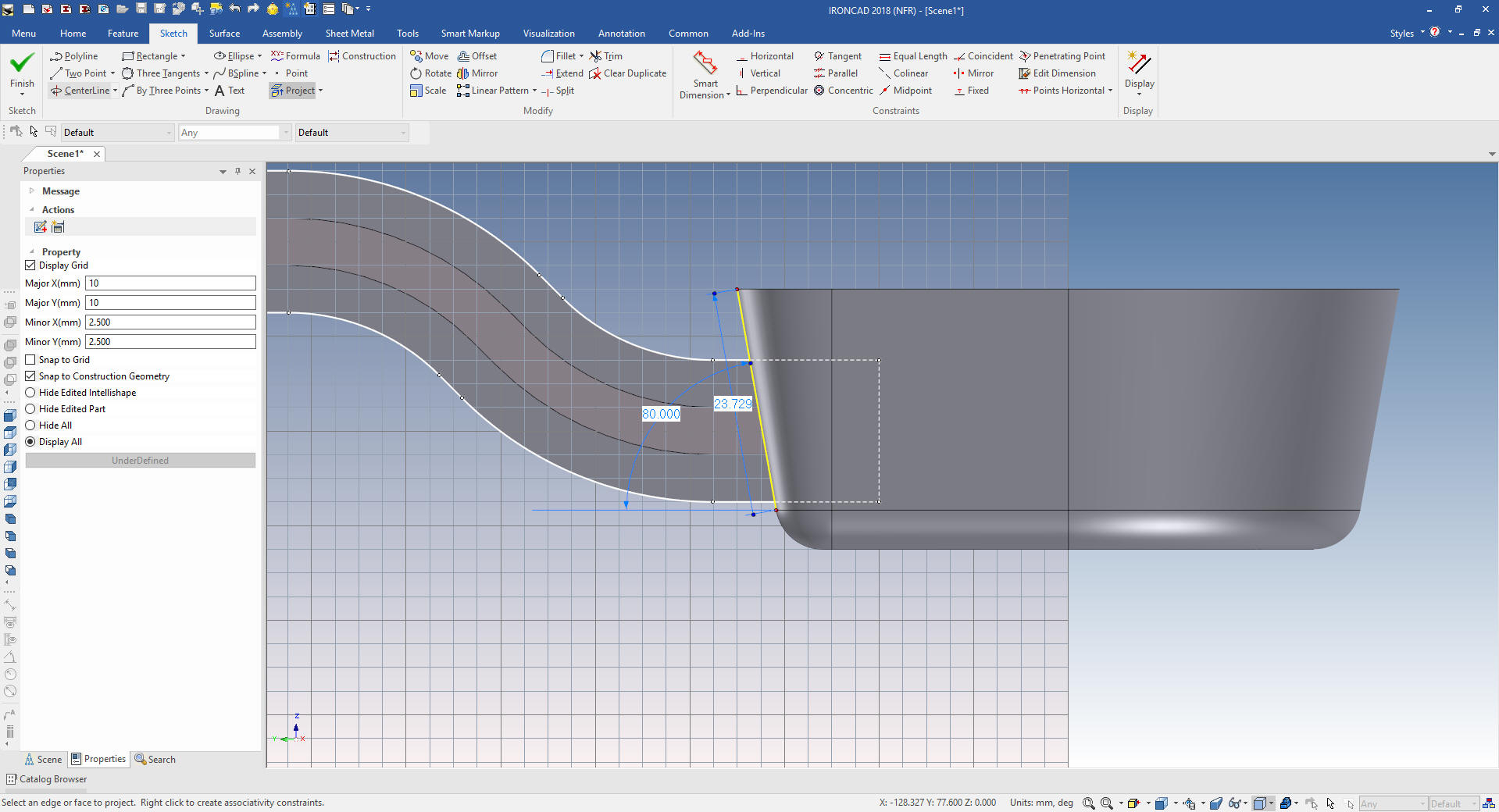

It really gets down to the speed and number of steps to complete specific operations for a given design, where some need to be parametric while others are probably better off allowing interactive changes (see figure 1). I have yet to come across a practical application that requires one mode rather than the other, and so I am able to add as much or as little intelligence to the design as needed – regardless of the mode active at the time of geometry creation. Because IronCAD’s scenes allow for multiple parts to exist in the same file, it is possible to have mix of structured and innovative parts within the same scene. On the other side, IronCAD’s innovative parts have the unique capability of allowing both features and direct edit modifications to mix together, regardless of the feature history order or dependencies.īoth modes use the same modeling tools in creating geometry.


In this article, I’m going to dissect some of the main features of Solid Edge’s Synchronous Technology and compare them with IronCAD.
Ironcad extrude through all software#
Lesser known is IRONCAD, the makers of the IronCAD Design Collaboration Suite, who began developing hybrid software in 1998, years earlier than any other vendor. Of the hybrids, the most notable ones are Solid Edge and NX from Siemens PLM that use a combination of synchronous and ordered environments within the same part file. While some vendors busily wrote distinct applications, others merged technology through a hybrid approach. Siemens PLM has had their Synchronous Technology, Autodesk their Fusion, and Dassault Systemes their V6 – along with lesser players. PTC’s CoCreate had employed the technology since the 1990s. Several vendors have been working at adding direct editing functions to their history-only modelers. SpaceClaim was probably the last software vendor to make the CAD world rethink the possibility of direct modeling. The second language seems different, but similarities become evident with the third and fourth languages. I have said that learning new CAD software is like learning a new language: the vocabulary and grammar may be different, but the concepts are the same. Synchronous Technologyįrom the blue gradient of the background to the uniformity of the ribbon bar, there is something eerily familiar to every MCAD software.


 0 kommentar(er)
0 kommentar(er)
